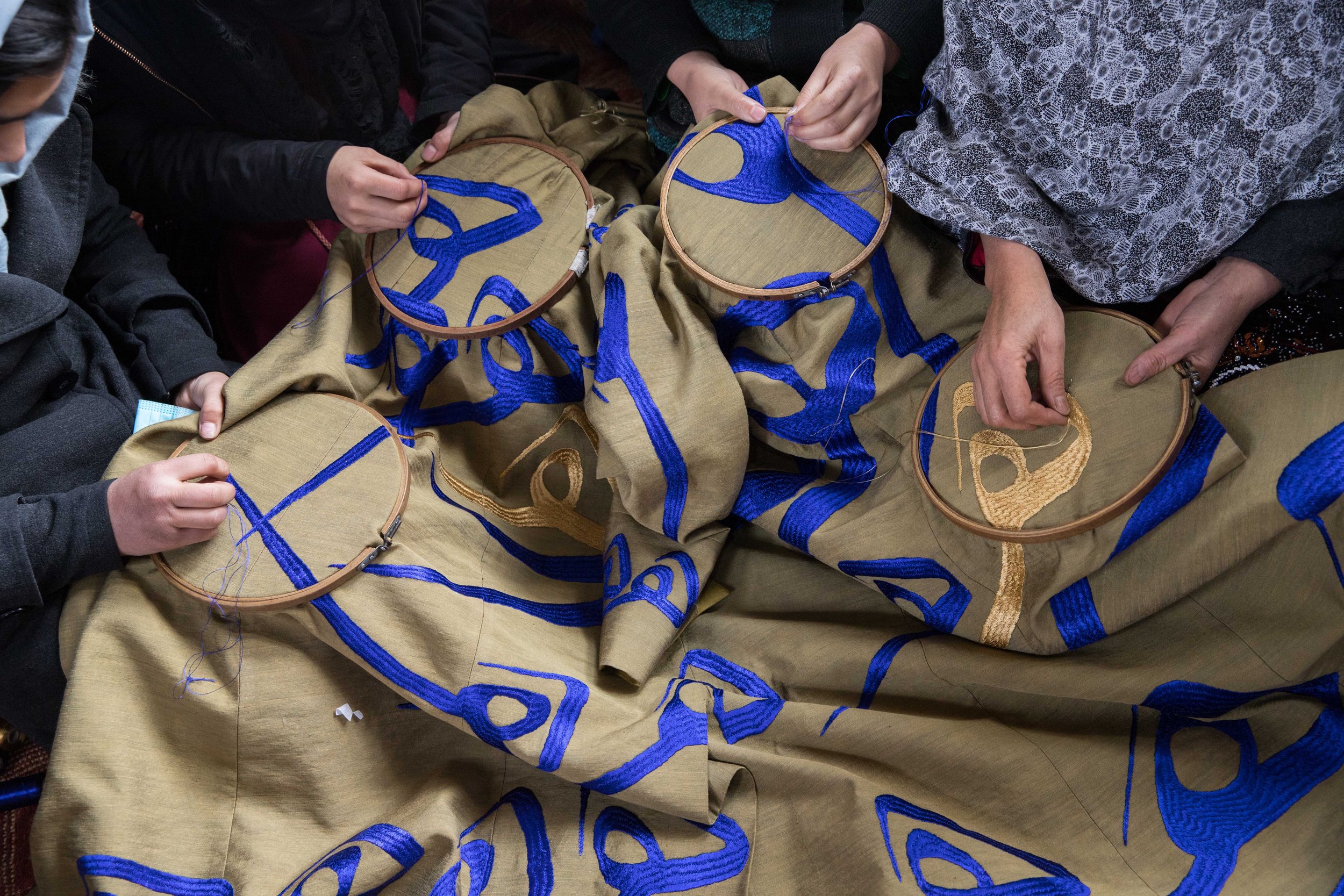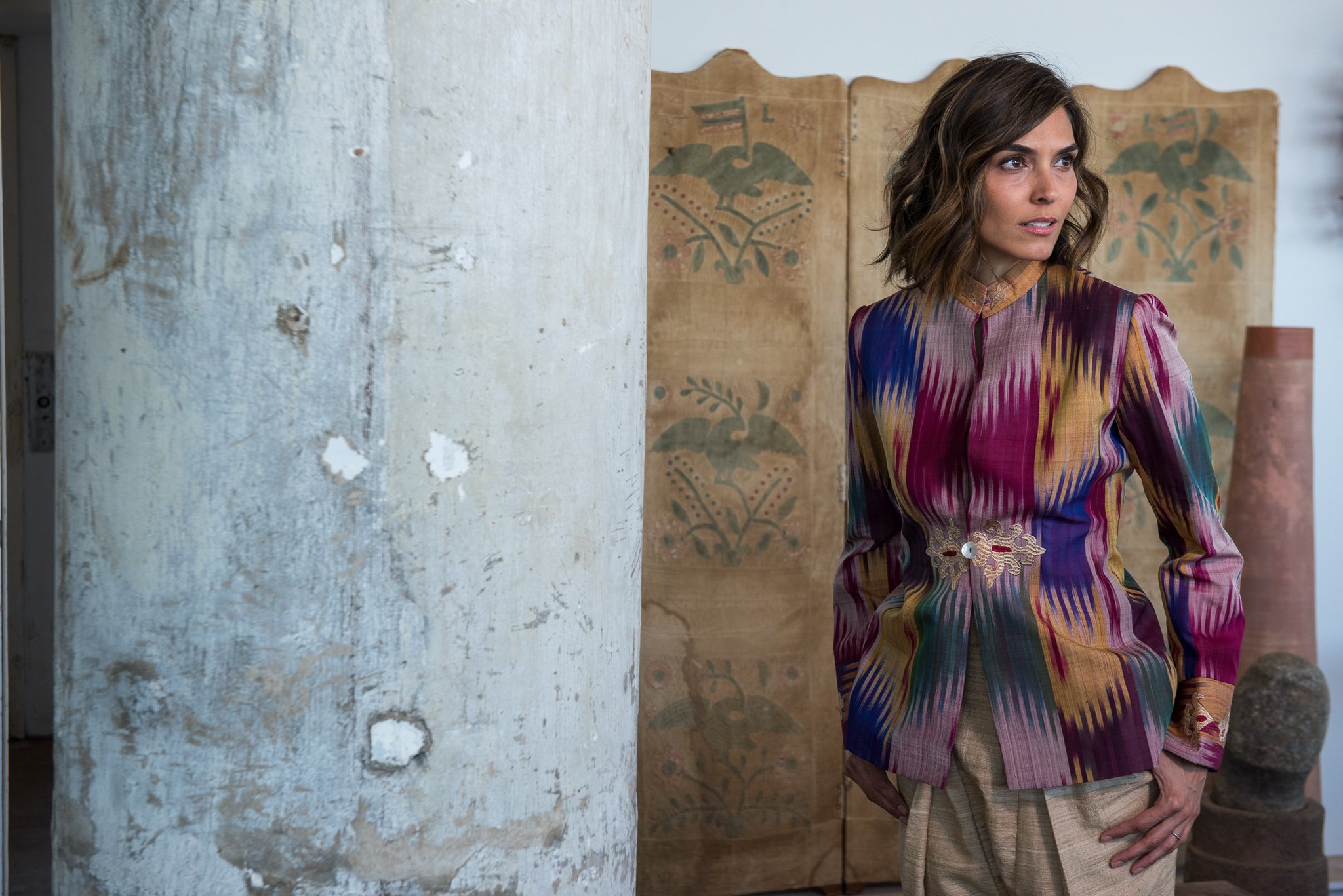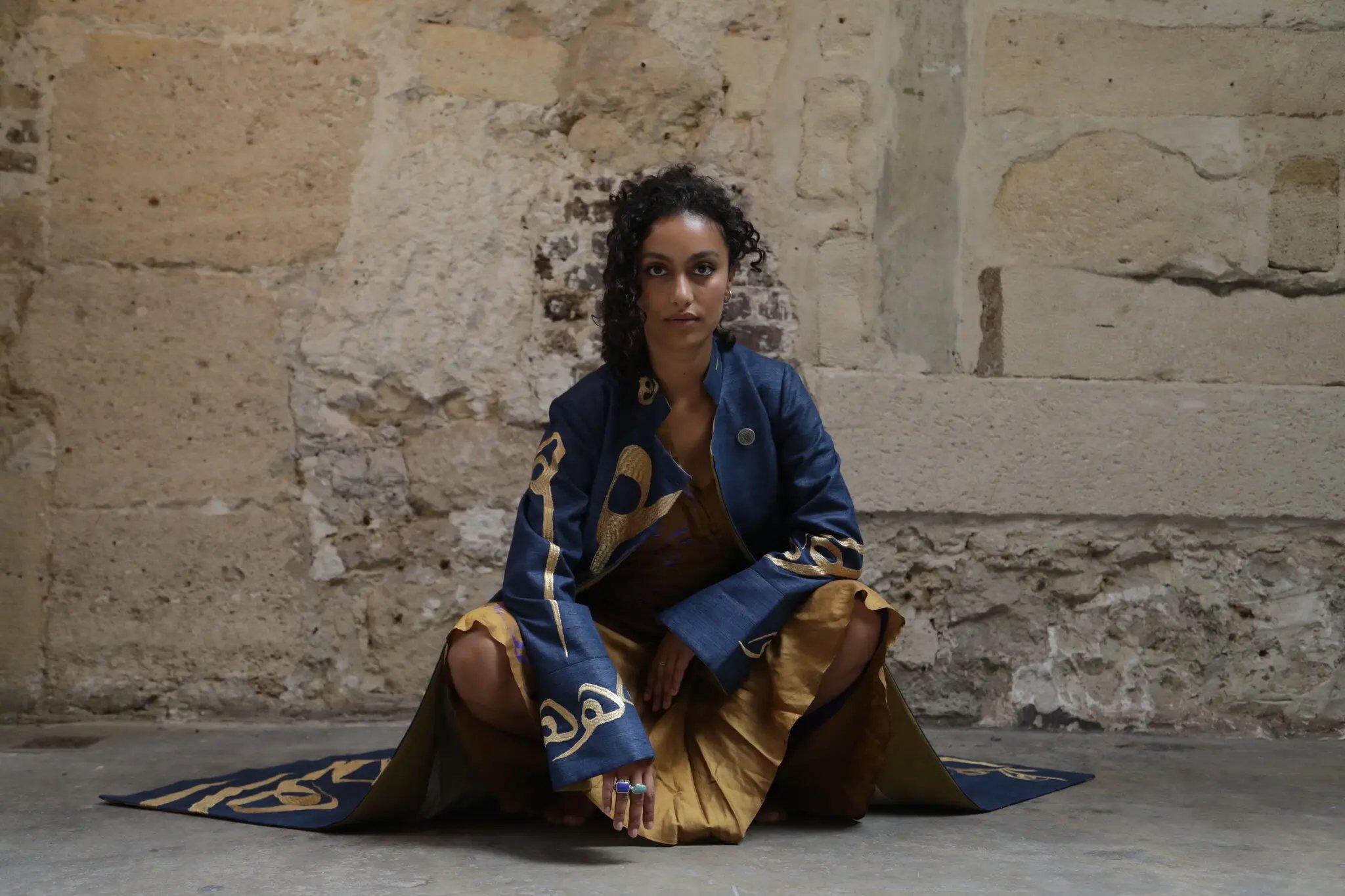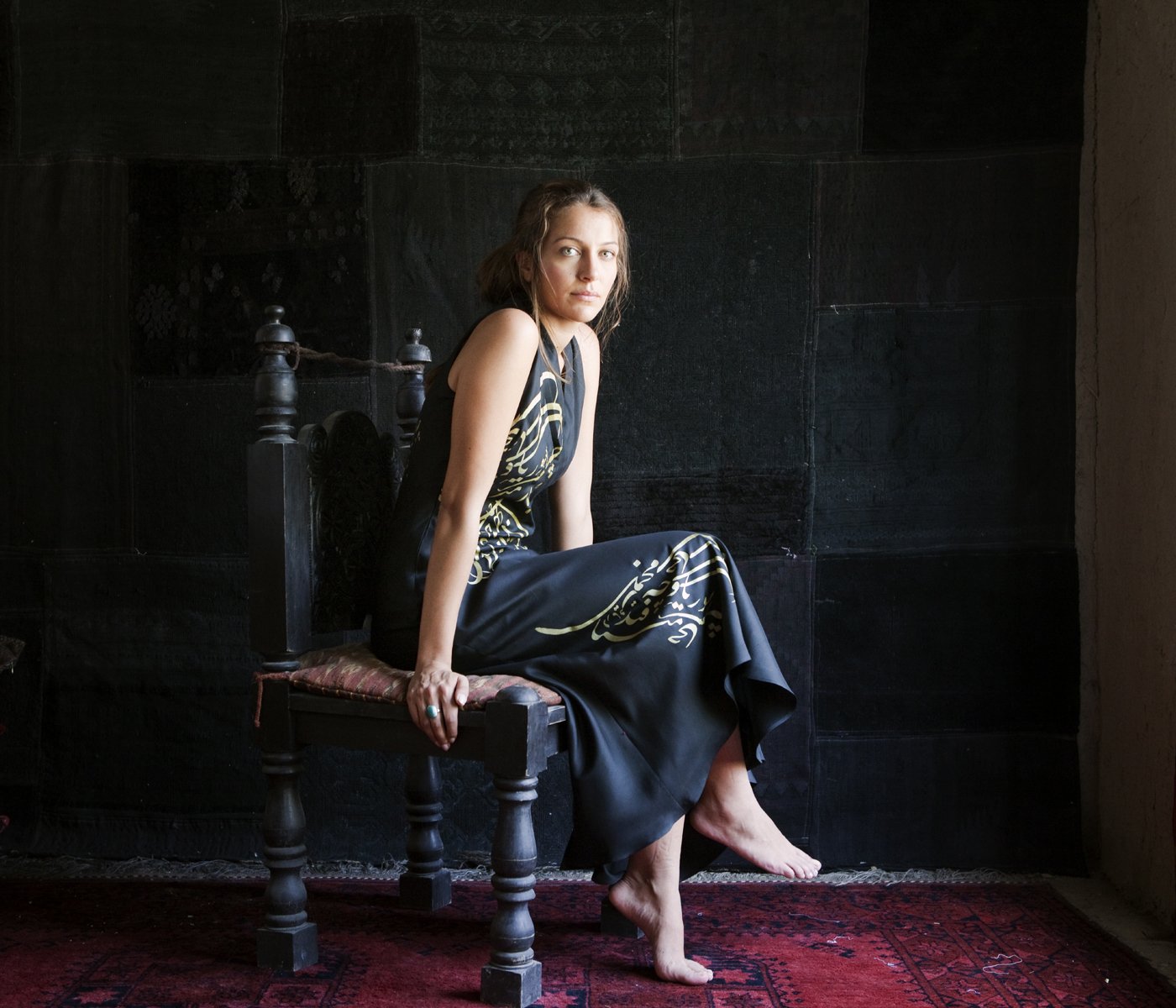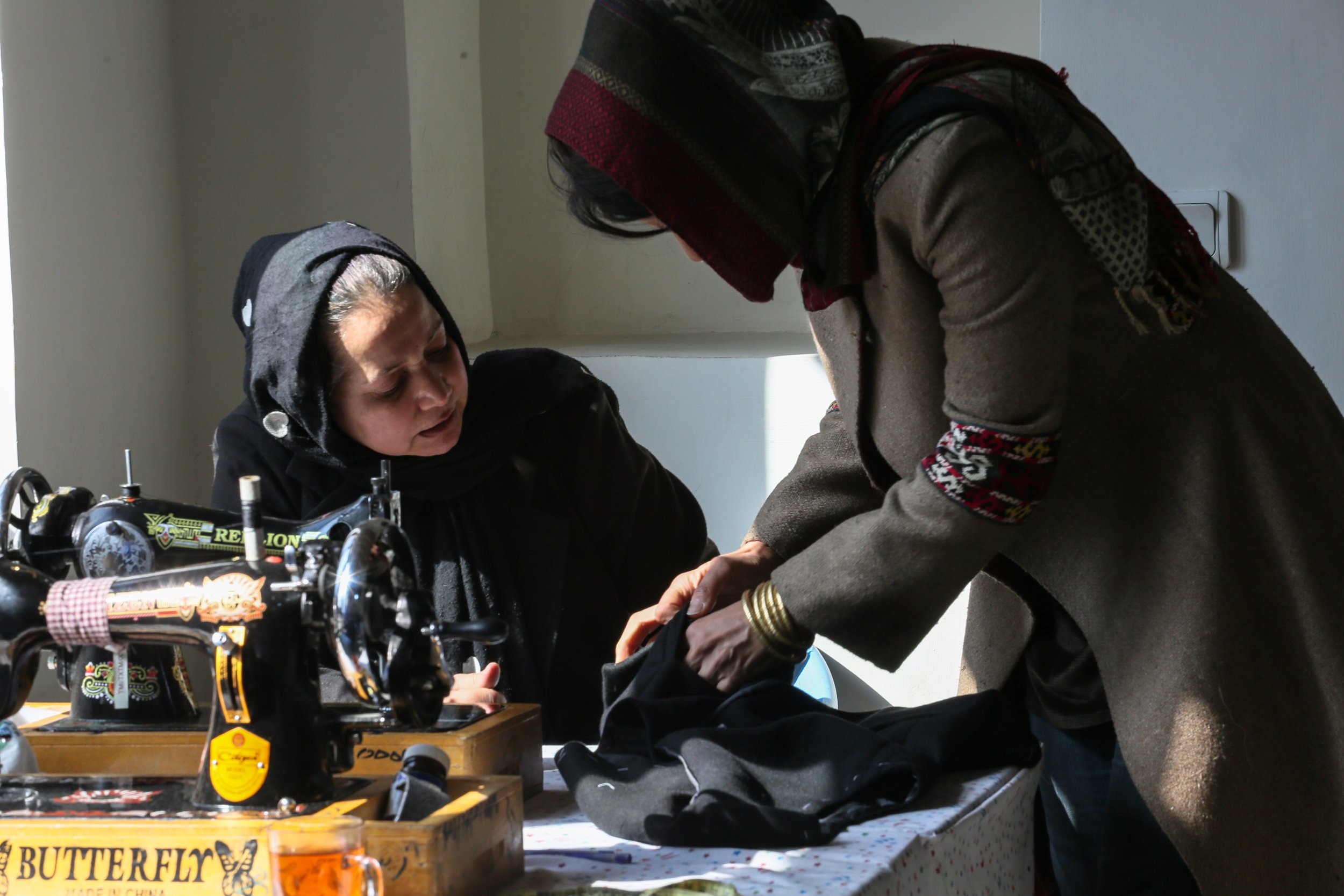Zarif Design
Connecting and Celebrating the Crossroads of Civilizations
Zarif Design is a Kabul based fashion label born out of the desire to change the world view of Afghanistan by celebrating its rich cultural and geographic heritage.
Inspired by the beautiful Afghan landscapes, architecture and people, Zarif aims to preserve the material tradition of Afghanistan by merging it with a modern, crisp, tailored aesthetic.
Established in 2005, Zarif Design’s vision is to use fashion as a vehicle to connect and empower communities of weavers, tailors and embroiderers. Their primary mission is to support communities economically and socially by strengthening traditional skills. As asocial enterprise, Zarif offers employment opportunities for both men and women by promoting the preservation of traditional Afghan craftsmanship.
The collection is produced in Kabul and employs local Afghan artisans, it helps to revive tradition by empowering them to find dignity and pride in the expression and communication of their cultural identity.
Sourcing traditional fabrics from Afghanistan as well as across the silk road through fair-trade practices, Zarif only work with natural fibres and dyes. The journey for a Zarif Design starts in the heart of Herat, once part of the silk road and the historical centre for silk production, where the silk is produced and spun into thread. The fine silk threads are then transported to Mazar Sharif, where the weaving takes place and where the fibre is hand dyed to produce Zarif’s beautiful “Chapan” fabrics.
Sourcing traditional fabrics from Afghanistan as well as across the silk road through fair-trade practices, Zarif only work with natural fibres and dyes. The journey for a Zarif Design starts in the heart of Herat, once part of the silk road and the historical centre for silk production, where the silk is produced and spun into thread. The fine silk threads are then transported to Mazar Sharif, where the weaving takes place and where the fibre is hand dyed to produce Zarif’s beautiful “Chapan” fabrics.
Zarif’s first collection was inspired by vintage garments and antique embroidery which they collected from across Afghanistan and Central Asia.
The pieces were deconstructed to inform Zarif designs with a sense of history as well as production methodology.
As a result, Zarif designs are based on the reinterpretation and transformation of their research into these century old artefacts. Items from the heritage collection were produced from vintage materials and made to order.
These exquisite pieces combine elements of style from the traditional men’s coat called a “Chapan” with beautiful embroidery.
Designs are bold and graphic, in unexpected, rich colour combinations of stripes, with exquisite embroidered Arabesque borders or subtle ikats, paired with crisp contemporary cuts.
Zarif excel with coats and jackets where the Arabesque touches have the space to be expressed as expansive calligraphic flourishes.
Afghanistan is a country rich in natural resources, in particular, rare mineral deposits. They are also the third largest producer of saffron and cashmere. Nevertheless, Afghanistan remains one of the worlds least developed countries with one of the lowest per capita GDP. Having suffered from decades of terrorism, governmental and military coups and invasion from the Russians, the British and the US, Afghanistan experiences major problems with poverty and child malnutrition.
Afghanistan remains one of the poorest countries in the world in great part due to loss of foreign investment since the Taliban insurgency. In 2021 stores catering to foreigners and embassy staff were closed in Kabul when the Taliban re-established the Islamic state.
Women are required by law to wear full-body coverings in public. Female teachers and students are forbidden from returning to secondary school, to work, to appear on TV, or even just go for a walk in the park. Nevertheless, Zarif still manage to operate their workshop. The work has slowed but they still make around sixty-one, of-a-kind pieces per month mostly sold through pop up events in Paris and New York, or directly online through their website.
Afghanistan remains one of the poorest countries in the world in great part due to loss of foreign investment since the Taliban insurgency. In 2021 stores catering to foreigners and embassy staff were closed in Kabul when the Taliban re-established the Islamic state. Women are required by law to wear full-body coverings in public. Female teachers and students are forbidden from returning to secondary school, to work, to appear on TV, or even just go for a walk in the park. Nevertheless, Zarif still manage to operate their workshop. The work has slowed but they still make around sixty-one, of-a-kind pieces per month mostly sold through pop up events in Paris and New York, or directly online through their website.
Many of Zarif’s workers and weavers left after the governmental shake up, and transfer of power to the current government, yet Zarif have never missed a monthly wage for any of their workers as they continue to find new ways of working within the realm of what is possible, showing enormous resilience, creativity and commitment.
Many of Zarif’s workers and weavers left after the governmental shake up, and transfer of power to the current government, yet Zarif have never missed a monthly wage for any of their workers as they continue to find new ways of working within the realm of what is possible, showing enormous resilience, creativity and commitment.
Zarif employ almost thirty full time staff, mostly women, and are training many more young women as tailors.
In addition, they have a network of weavers who they work with on an as needed basis.
All materials come from Afghanistan, not simply because of lack of access to materials beyond the border, but also in support of the local economy.
Zarif still operate a studio in Afghanistan, albeit downsized from their previous two.
The situation for a commercial women-led fashion brand remains challenging with no systems to transfer money for product sales and no more access to international shipping, hence why many of their sales are based around pop ups in other regions of the world, often run by volunteers with online sales barely possible.
With a particularly dedicated community of supporters in France, many of their pop-up events have centred on that region.
Other sales events have been the outgrowth of individual collaborations, such as with Deepak Chopra, agnes.b in France and Diane von Furstenberg in the US, all long-time supporters of Zarif’s work. With pop ups scheduled every three months, Zarif focus on selling one of-a-kind items.
Zarif have participated in a number of design collaborations, including with TSE Cashmere for their spring 2014 collection, producing beautiful men’s shirts that featured hand embroidery produced by the women of Zarif. Not only did the collaboration honour the tradition of indigenous craftsmanship by using the hand-woven materials of Afghanistan, but $50 from every sale was donated directly to an organisation supporting higher education for girls.

